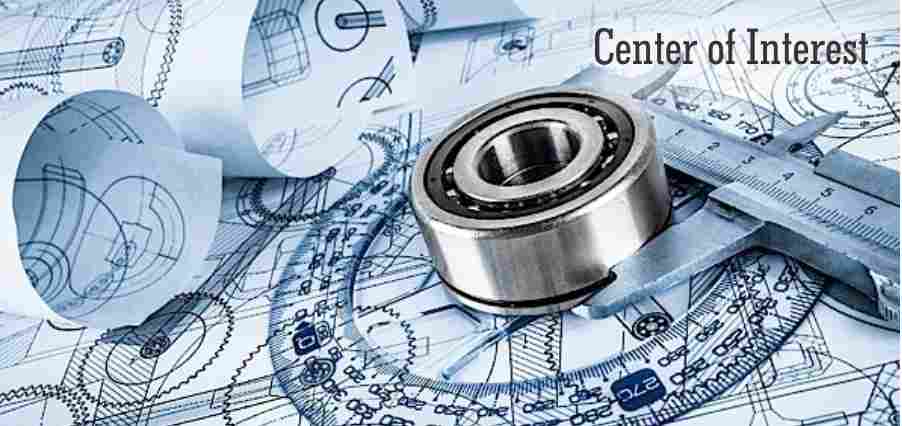Engineering is the greatest award bestowed on humans. An engineer is a person who designs which works with as few creative, innovative, and imaginative ideas as possible. They have vision which require guts as no construction and not even a story is created without it. Be a bridge, dam, building, all of them which should suffice to make known the splendor and brilliance of a nation and they should be robust enough to be conserved for maximum years possible, and even if it’s susceptible to change the basic structure would remain as it is.
Engineering always involves the advancement of technology and it is an art where designs and construction being done with proper organization. Like that, Engineers created Hydraulic Structure which is partially or fully submerged structure which multi-tasks, that can be used to divert, stop, restrict or manage the natural flow of water. The materials required to construct can range from large rock and concrete to obscure items. Hydraulic structures amplify conservation practices where vegetation and constructed channels are not competent to do the job.
The selection of the most suitable and economical kind of structure to use in a specific situation will depend on the hydraulic parameters of the site which is Discharge and Controlled head.
Hydraulics Structures getting Better
In engineering, things got advanced, machines and their component parts have become stronger, lighter, cheaper and productive. Component operating pressures have raised, design like seal and hose has improved the way additive and filtration technology boosted. Better the materials and manufacturing techniques, efficient the hydraulic components with high power densities.
General Electric has planned to launch a four turbine project, which is going to store energy from the blades of the turbine to gather water which could generate hydroelectric power which will be first instance of combining two energies to provide reliable sustainable energy.
Higher operating pressures and closer tolerances are the factors that leads to hydraulic machine more vulnerable to wear and damage ensuing from oil contamination and inadequate lubrication. This leads to the importance of proactive maintenance. The things to focus on may vary:
Oil Life is the issue that must be talked of as at 110°C and above for extended periods will turn into black as ink and smell unmentionable, it emerges the need of hotter oil as it will rapid the speed of reactions exponentially.
Oil viscosity is the important element for both adequate lubrication and proficient power transmission.
Seal and hose life, the standard of elastomers used to create hydraulic seals and hoses are also getting raised.
Types of Hydraulic Structures
A dam is a Hydraulic Structure which holds the water in a reservoir as potential energy, like a weir is a type of hydraulic structure which can be utilized to pool water for irrigation, establish grade control or as a new way to divert the flow away from eroding banks, they are again sub-divided into Gravity Dam, Earth Dam, Rockfill Dam, Weir Dam, Barrage, Arch, Buttress Dam. In that, some are used for storage and some for diversion purpose.
Factors Affecting Site Selection
Topography could be one of the most important factors as a narrow site will reduce the amount of material required in the dam which will reduce the cost to invest in. Faults and shears should be not present in the foundation of the dam. This makes a requirement for the better and expensive foundation which is leads to another factor Geology. Another element to be inculcated is Appurtenant as the cost of these structures is not high than the cost of the dam, economy in design could be achieved by considering their consequence at the time of site selection. Site should be chosen where proper water supply, disposal, electric power should be available while construction is under process, so Local Condition is too crucial. Easy excess to all these factors will be a great relief for the contractors and engineers.
Pursuit and Purpose of Dams
Various aims could be there to construct a dam, be it the production of electricity; water storage for irrigation or human consumption; flood management; and also navigation and recreation. With the dam, majorly production of Hydroelectricity is done which offers a great advantage in electric networks to adapt the power supply to quickest changes in power demand. A huge crowd surrounds the area which is exposed to the flood, the usage of dams for flood control should be raised.
Experts advise dams shall be built for the sake of unpredictable weather conditions from drought condition to heavy rainfalls and that will also ensure the stability of power grids as large dams are good at storing energy.

Insights Success stands as the epitome of trust and authority. It has earned its reputation as the foremost source of business intelligence, providing readers with a gateway to the pulse of Bharat’s advancing business landscape.
Quick Links
Enquiry
info@insightssuccess.in
for more information on advertising opportunities with Insights Success magazine.
8793630422 / 24 , 7410079887 / 89
Reach out to Us
Insights Success Media and Technology Pvt. Ltd.
512, Brand Square,
Kunal Icon Rd, Pimple Saudagar,
Pune, Maharashtra 411027

